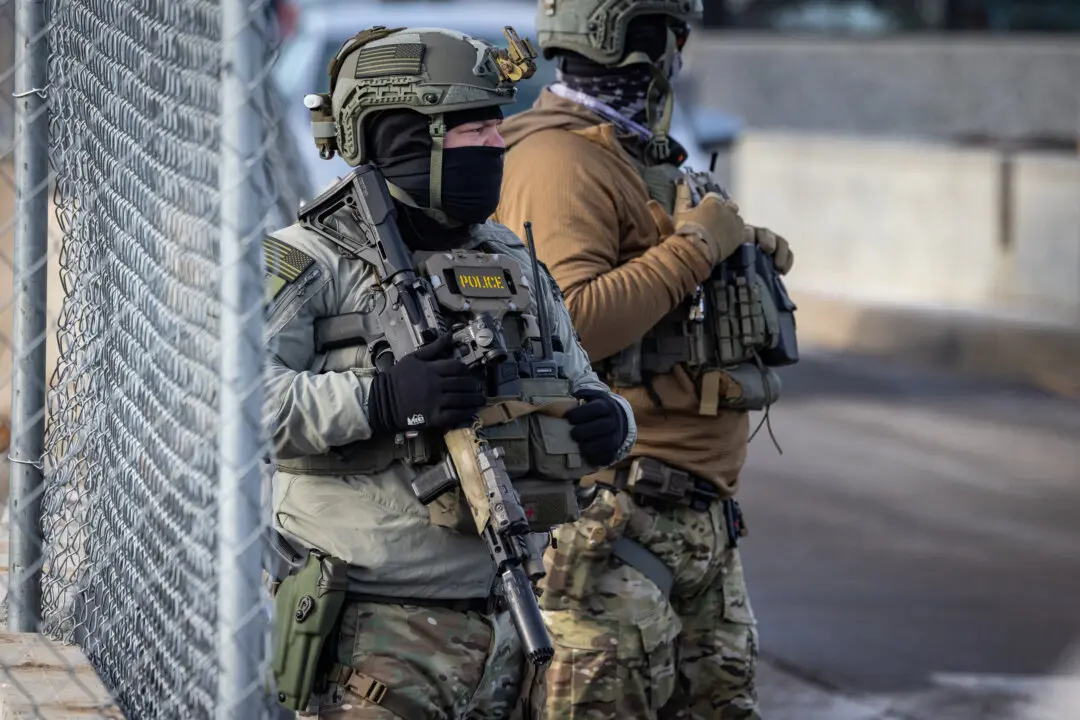Russia has deployed advanced nuclear-capable Iskander missiles to its Kaliningrad exclave on the Baltic Sea, the RIA news agency quoted a senior lawmaker as saying on Monday, Feb. 5.
Russia has said previous deployments of Iskander missiles to Kaliningrad, a slice of Russia wedged between Poland and Lithuania, were temporary and a response to the United States building up its forces in the Baltic region, Reuters reported.





